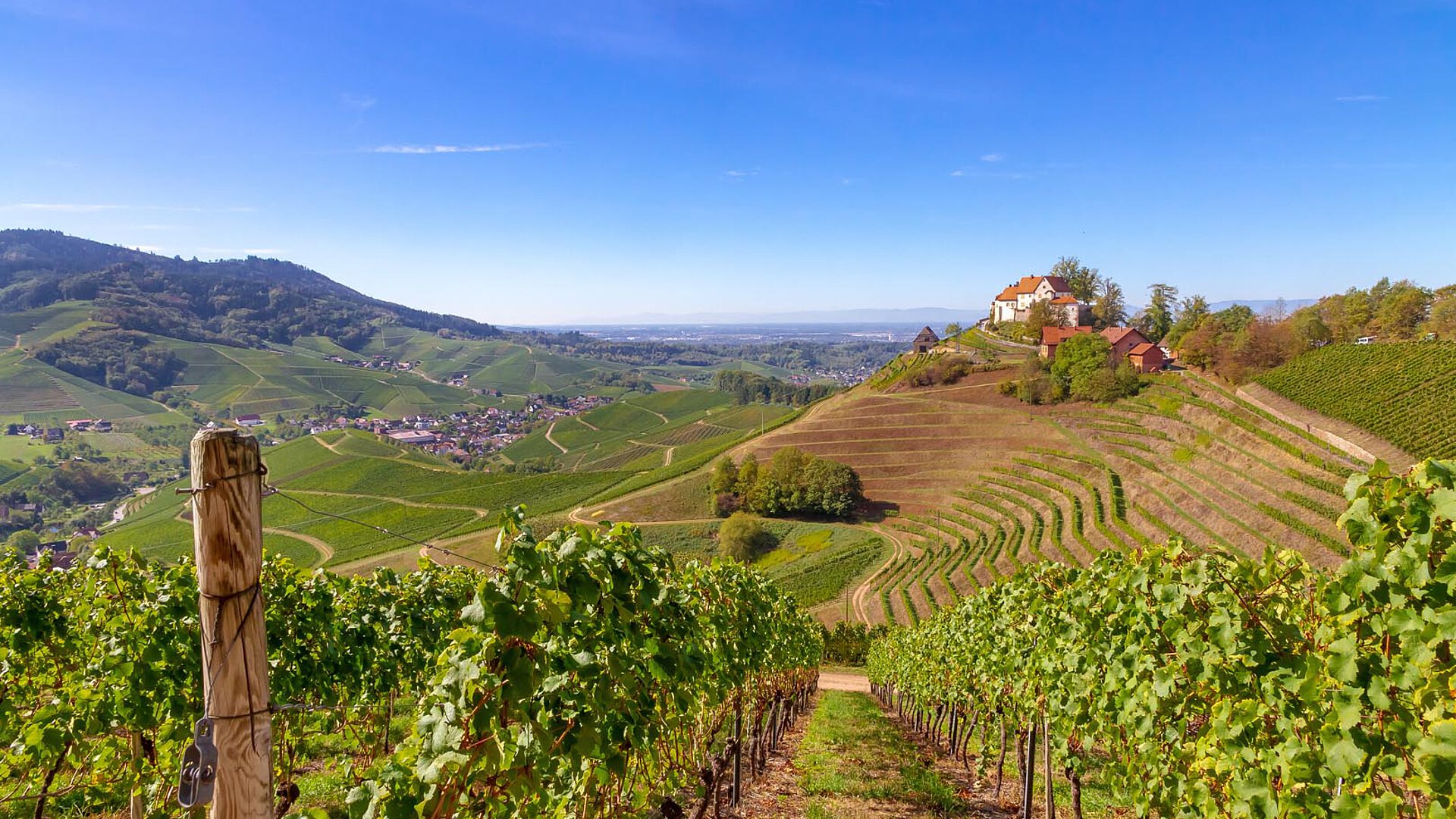Farmtravel glossary
All the Agritourism terms you need to know.
A
Agroforestry
- Kategorie:
- A
What is Agroforestry and Why is it Sustainable?
A land use management system that combines trees or shrubs with crops or livestock, creating productive and sustainable ecological systems.
Main Systems
- Silvopasture: Trees + livestock
- Alley Cropping: Trees + crops
- Forest Farming: Under-canopy cultivation
- Windbreaks: Protection strips
- Riparian Buffers: Waterway protection
Benefits
System advantages:
- Biodiversity: Enhanced habitats
- Soil Protection: Erosion control
- Water Management: Improved retention
- Income Diversification: Multiple products
- Climate Resilience: Better adaptation
Production Elements
Key components:
- Timber Production: Wood resources
- Fruit Trees: Food production
- Crop Integration: Multiple yields
- Grazing Systems: Animal management
- Native Species: Local adaptation
Management Practices
Operational methods:
- Tree Spacing: Optimal arrangement
- Species Selection: Complementary choices
- Pruning Cycles: Maintenance schedule
- Grazing Rotation: Animal movement
- Harvest Planning: Resource optimization
Environmental Impact
Ecological effects:
- Carbon Storage: Climate mitigation
- Wildlife Corridors: Habitat connection
- Water Quality: Natural filtration
- Soil Enrichment: Organic matter
- Microclimate: Local conditions
Agroforestry represents an integrated approach to land management, combining the benefits of forestry and agriculture. This system creates resilient and productive landscapes that support both environmental and economic goals.

